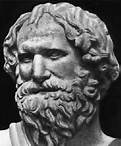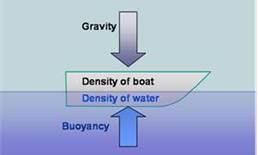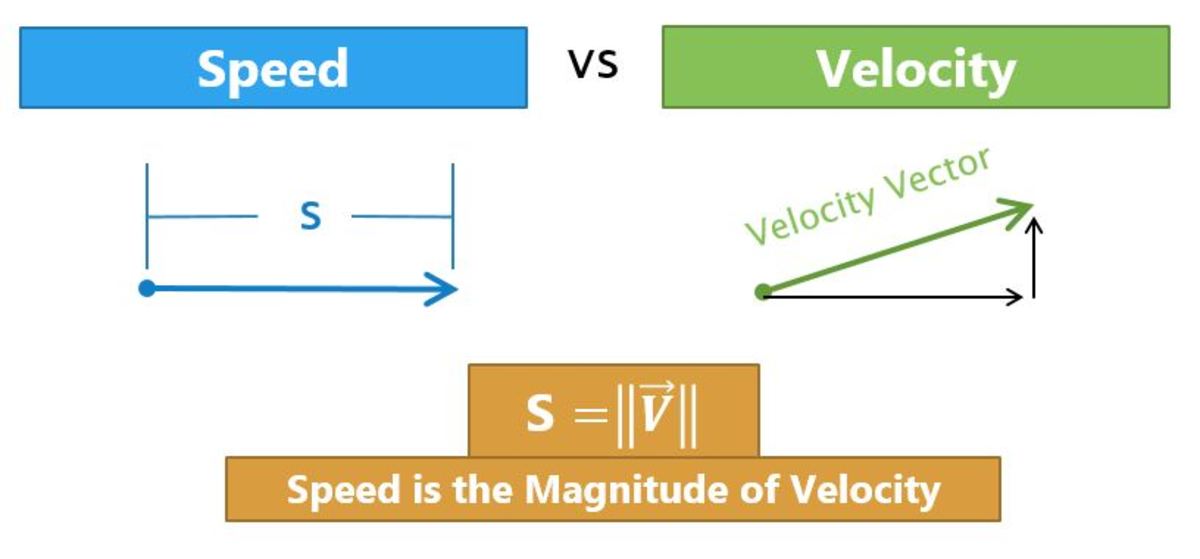Density, Buoyancy, and Archimedes

The Tale of the Tub
Archimedes was a Greek mathematician, physicist, and engineer around 287-212 B.C.
He was the first mathematician to calculate the ratio of a circle's circumference to its diameter. He also calculated volume and surface areas of geometrical shapes, including spheres and cylinders.
In physics he is known for creating Archimedes' Screw used to remove water from ships. He also invented new types of catapults and a new system of levers and pulleys.
Yet his most notable accomplishment was in fluid mechanics with his discovery of the nature of buoyancy and the buoyant force.
The story behind this discovery begins when King Hieron was determined to discover whether his crown was made of pure gold or a gold alloy. He wanted to find a way to accomplish this task without having to melt down the crown. He confronted Archimedes, a well known mathematician of Syracuse with his question.
Archimedes spent many days and many nights puzzling over this problem. He pondered how to tackle such a complicated issue while he paced his room. He would go for walks along the streets hoping to find an answer. One evening Archimedes decided to take a bath to ease his stress and open his mind.
When he stepped into the bath he noticed that there was a partial weight loss of his arms while submerged in the water. He looked down at his legs and noticed that they were almost floating. What was happening, why was this occurring?
According to the story, Archimedes jumped out of the tub and ran down the streets of Syracuse dripping and naked shouting "Eureka!" or "I have found it!" in Greek.
He had realized that he could determine the mass of gold by measuring its buoyancy and then compare to the buoyancy of the kings crown.

Archimedes Principle
Archimeded principle states:
Any body completely or partially submerged in a fluid is buoyed up by a force equal to the weight of the fluid displaced by the body.
The buoyant force is an upward force exerted by a fluid that causes an object to buoy in a fluid.
So gravity is pushing down on the object and the buoyant force is pushing up on the object causing the object to float at a certain depth.
According to Archimedes' Principle the weight of the object in the fluid is equal to the weight of the buoyant force.
B = buoyant force
w = weight of the object
B = w

Density and Buoyancy
The density of a substance is the mass of the substance per unit of volume.
The symbol for density is the p or the greek rho. The equation for density would be:
p = M/V
The units of measurement used in density are grams for the mass and cubic centimeters for the volume so density would be given in g/cm^3.
To help explain what a cm^3 is I will break the measurement down. Volume is a cube length cubed or m^3. One liter is a little larger than a quart. One milliliter (ml) is 0.001 of a Liter and 1 ml = 1 cm^3.
Below are some common densities:
Substance = Density (G/CM^3)
Air = 0.0013
Wood(Oak) = 0.85
Water = 1.00
Ice = 0.93
Aluminum = 2.7
Lead = 11.3
Gold = 19.3
Ethanol = 0.94
Methanol = 0.79
Submerged Object vs. Floating Object
For objects where the density is greater than the density of the fluid, the net force is negative and the unsupported objct sinks or becomes totally submerged.
If the upward buoyant force is balanced by the downward force the object will reach static equilibrium and float.
Fish have swim bladders that allow them to reach this equilibrium since without the swim bladder the density of the fish would be greater than that of the water.
The human brain is also suspended by static equilibrium within the skull. If an accident occurs where there is a loss of fluid around the brain or an excess of fluid due to swelling a very serious condition can occur than can cause great pain or permanent brain damage.
If you take some time to look at the natural world you can see many examples of static equilibrium.



![Baltic Sea Anomaly Details: Is it a UFO or Hoax [video] Baltic Sea Anomaly Details: Is it a UFO or Hoax [video]](https://images.saymedia-content.com/.image/t_share/MTc2MjY0ODM3MjA1MjcxNzI1/baltic-sea-ufo-unidentified-submerged-object.jpg)




